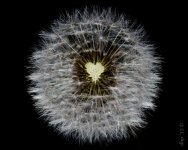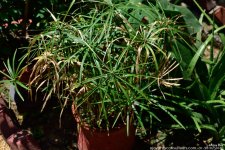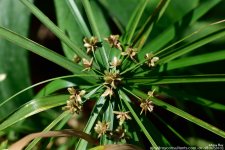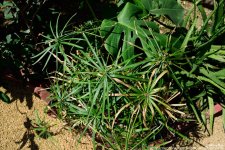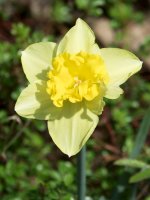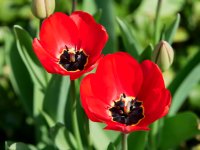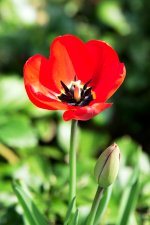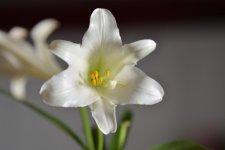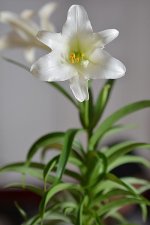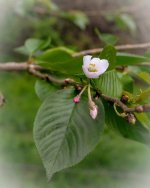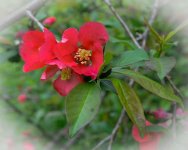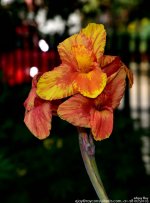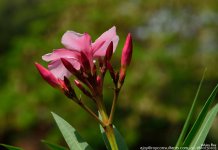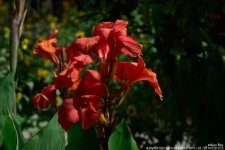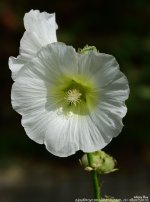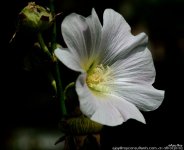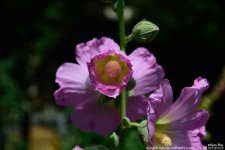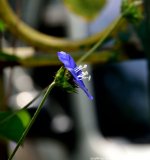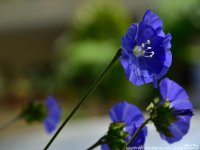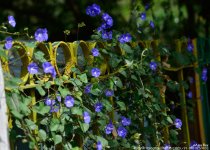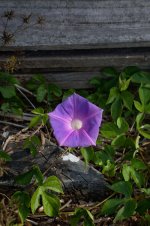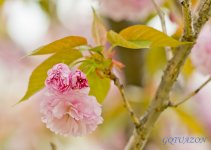You are using an out of date browser. It may not display this or other websites correctly.
You should upgrade or use an alternative browser.
You should upgrade or use an alternative browser.
Post your flower pics
- Thread starter jdeg
- Start date
dh photography
Senior Member
View attachment 150865
View attachment 150866
View attachment 150867
Some strange artefacts in those last two. They already showed in the NEF.
The highlights are blown. Happens with me regularly, with RED or YELLOW objects. There is only one remedy, set the exposure compensation to -1EV or at times -2EV.
The highlights are blown. Happens with me regularly, with RED or YELLOW objects. There is only one remedy, set the exposure compensation to -1EV or at times -2EV.
It's that green around the red at some spots. If you look at the edge of the flower, at some places you see a strange green fringe. It gets worse with sharpening but it's there the moment I load the NEF. It should not be there.
Maybe it's the same backlit issue I often have in birding. There's sun now so I can use the CPL and see if that helps.
Last edited:
It's that green around the red at some spots. If you look at the edge of the flower, at some places you see a strange green fringe. It gets worse with sharpening but it's there the moment I load the NEF. It should not be there.
Maybe it's the same backlit issue I often have in birding. There's sun now so I can use the CPL and see if that helps.
Highlights are blown when the sensel over saturates, that is the individual sensel of the sensor is full, and still photons are coming. After the sensel is full, if more photons come, there is a tendency for the photons to overflow into adjacent cells (unless the sensor is designed to prevent this - non existent in commercial designs). This is what gives the Green/Blue or Red tinge (depending in which direction the excess photons went) at high contrast regions. Of course if the lens has a lot of CA, that will also give coloured tinge to the edges.
I have observed this fringing when one side of the high contrast line is highly over exposed, and a search of the net gave the "overflow" explanation. To check the theory, all that you have to do is to take a few shots of high contrast areas
. One at your normal exposure on the object
. One where the exposure is set for the brightest light (usually beyond the edge of birds/flowers
. A few with -0.3, -0.6, -1 etc exposure compensation for the brightest area.
A stable object like a dark fence/tree limb against bright sky, would make the task simpler.
The softness of the colors really make it

